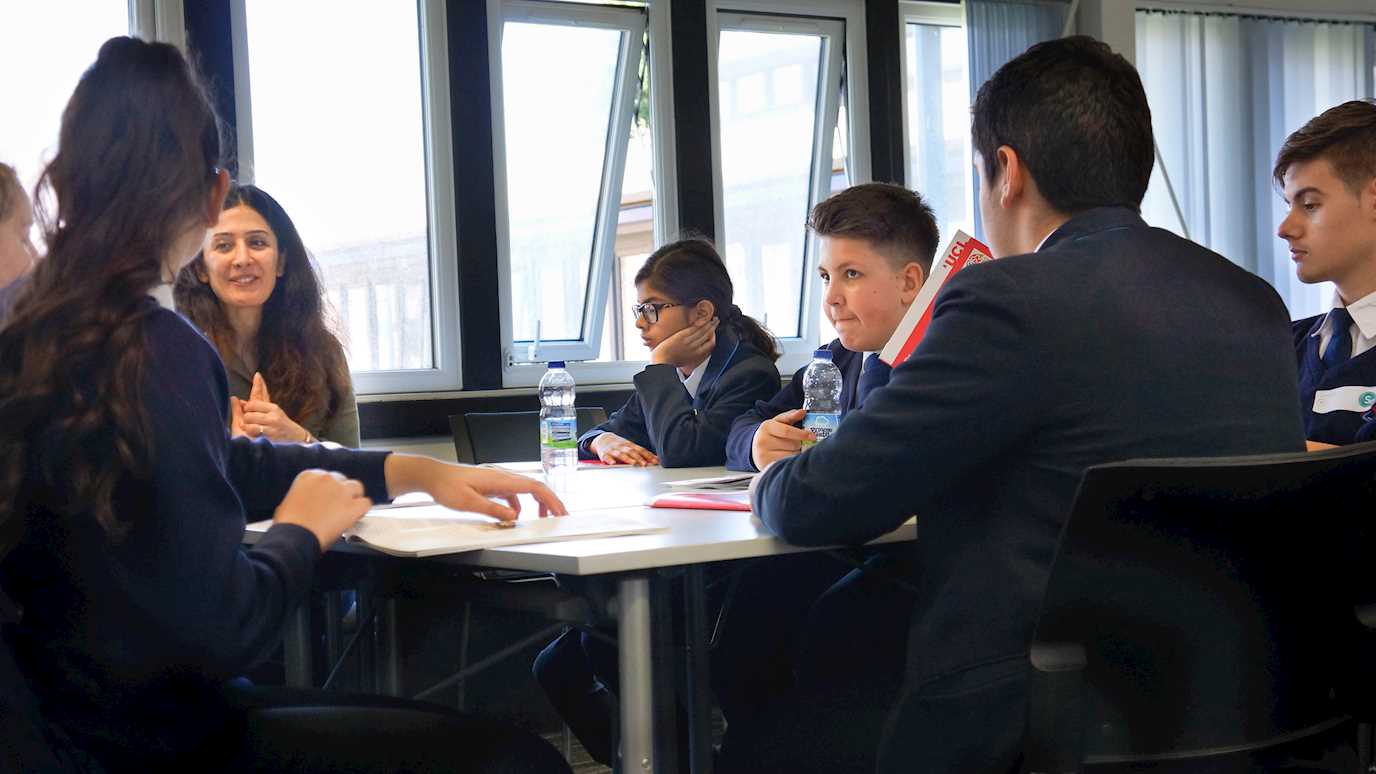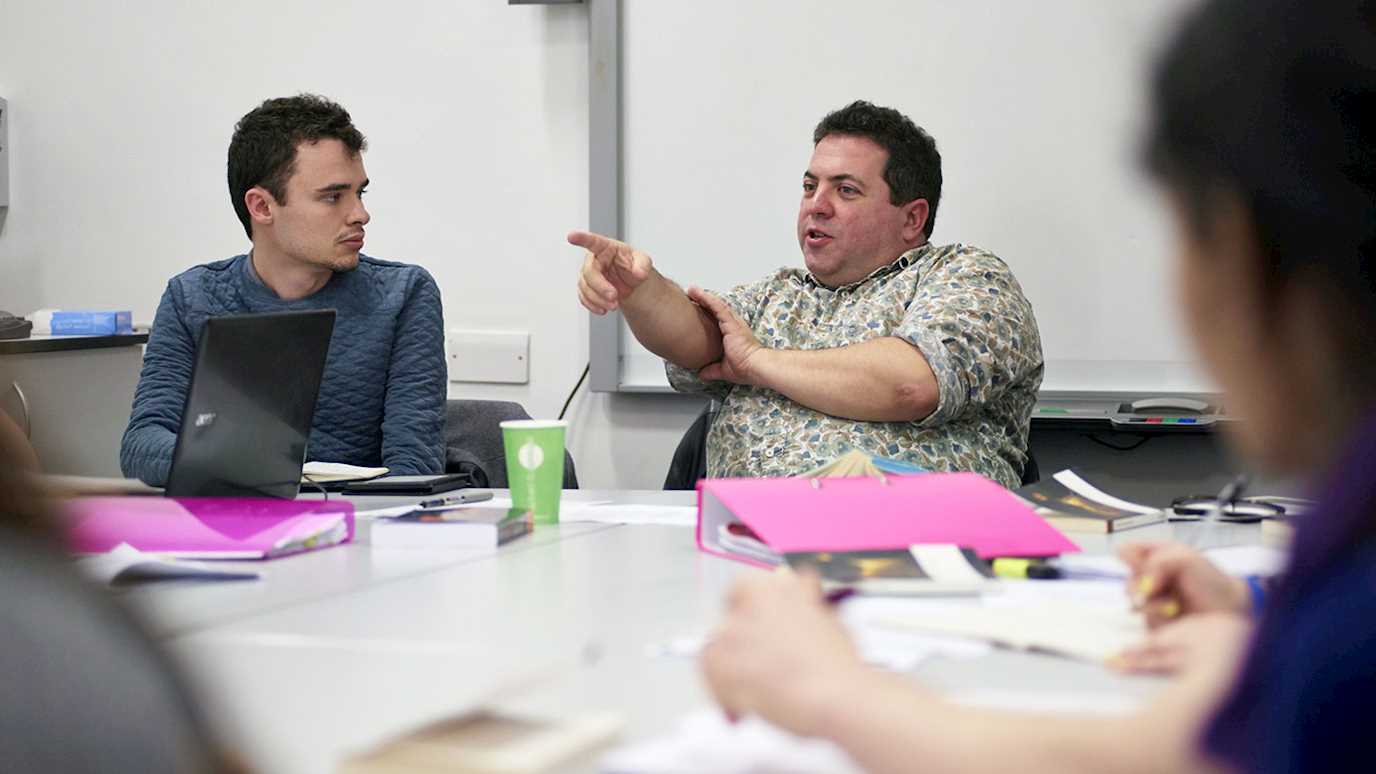Dr Ruth Livesey on Middlemarch
Professor Livesey is an expert in 19th C literature and thought. She teaches on our MA in Victorian Literature, Art & Culture. This is the perfect forum in which to expand your knowledge and appreciation of Middlemarch, George Eliot and the contexts for this classic novel. The Victorian MA can be taken over one or two years.
Key points
- The subtitle, A Study of Provincial Life is central to thinking about Middlemarch as a whole.
- The book is set a good amount of time before its publication date, as well as in the countryside. The study of the book is thus distanced from the now in terms of time and place.
- George Eliot lived a life that was on the cutting edge of thought, but she was also socially advanced, living out of wedlock with her life partner.
- ‘Study’ not only evokes the idea of a sketch or art piece, but a pratice of science too. Here, Eliot is suggesting the nature of an environmental study.
- Blindness and sight run throughout the text, with vision fiving insight into how characters interact with the wider society.
Quotations
- '"See," continued the Vicar, opening several small drawers, "I fancy I have made an exhaustive study of the entomology of this district. I am going on both with the fauna and flora ... Ah! you have got hold of that glass jar- you are looking at that instead of my drawers. You don't really care about these things?"'
Middlemarch, Chapter 17, p. 95. - 'Poor Mr. Casaubon himself was lost among small closets and winding stairs, and in an agitated dimness about the Caber, or in an exposure of other mythologists' ill-considered parallels, easily lost sight of any purpose which had prompted him to these labours. With his taper stuck before him he forgot the absence of windows'
Middlemarch, Chapter 20, p. 109. - Your pier-glass ... will be minutely and multitudinously scratched in all directions; but place now against it a lighted candle as a centre of illumination, and lo! the scratches will seem to arrange themselves in a fine series of concentric circles round that little sun.'
Middlemarch, Chapter 27, p. 144. - 'I protest against all our interest, all our effort at understanding being given to the young skins that look blooming in spite of trouble; for these too will get faded, and will know the older and more eating griefs which we are helping to neglect.'
Middlemarch, Chapter 29, p. 152.
Suggested passage
- The opening of chapter 29.
Further reading
- Ashton, Rosemary. George Eliot: A Life. London: Hamish Hamilton, 1996.
This life is ‘intended to be a critical biography rather than a purely documentary one’, and discusses Eliot and her work in relation to the wide variety of contexts and relationships within which she lived and worked. She is described by Ashton as ‘the greatest woman of the century’, and the intellectual excitement of Eliot’s life and work, as well as their difficulties, are made evident here.
- Levine, George, ed. The Cambridge Companion to George Eliot. Cambridge: Cambridge University Press, 2001.
Topics covered in this helpful collection include identity, realism, early and later works, philosophy, religion, politics, gender, publishers, and Eliot’s critical heritage. Levine states that the object of the volume is “to help lift George Eliot from the frozen condition of literary monument, to make the resistant richness of her art more clearly visible.”
- Mason, Michael York. ‘Middlemarch and History’. Nineteenth-Century Fiction 25.4 (1971): 417–431.
An intriguing essay that assesses the relationship between the 1830s, when the novel is set, and the 1860s and 1870s, when it was written and read, and examines Eliot’s view of history and the historical novel.
- Mintz, Alan. George Eliot and the Novel of Vocation. Cambridge, MA: Harvard University Press, 1978.
Concentrates primarily on Middlemarch and Daniel Deronda in its study of work and the ways in which Eliot examines its implications within the conditions of her age. Specifically, Mintz suggests that in Middlemarch Eliot ‘collects and juxtaposes’ all the various ways in which the Victorian world saw work and its relation to the individual and society.
Web links
- Victorian Web provides links to further pages on her biography, works, political history, social history, religion, science, genre and mode, literary relations, visual arts, themes, characterization, imagery, narrative, setting, bibliography and a range of other web resources.
- The British Library provides useful resources on the Romantics and Victorians generally and on Middlemarch in particular.
- Oxford University Press includes George Eliot in their comprehensive Writers Inspire.
























